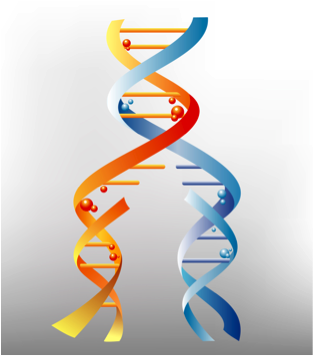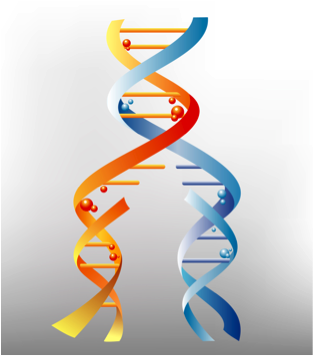Copying DNA despite defects
When a cell divides, it must replicate its entire genome. The replication machinery unzips the double helix at many locations as it builds up the copies, but sometimes the unzipping hits a snag when encountering a defect. There is no complete theory describing the effects of such defects, which can lead to death in embryonic cells or cancer in adult cells.
In a paper in Physical Review Letters, Michel Gauthier, John Herrick, and John Bechhoefer of Simon Fraser University in Canada extend a defect-free theory to account for defects. They find that in healthy cells, the defect density is too low to affect the replication rate. A stalled replication process simply delays replication of nearby DNA while it waits for another replication complex to arrive from the other direction. But if the defect density is above a threshold value—similar to the percolation threshold seen in network theory—the “delayed region” near each defect can overlap with that of a neighbor and globally affect the replication.
As replication slows, the number of replication-initiating sites in a cell increases. Some biologists have speculated that some active cellular system may be responding to the slow-down. But Gauthier et al. show that such a response is automatic in their model—a fixed initiation rate leads to a higher density of initiation sites because the slower replication allows more time. – David Ehrenstein





